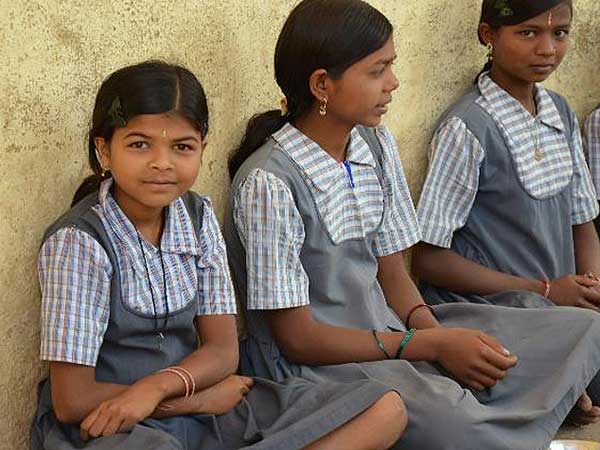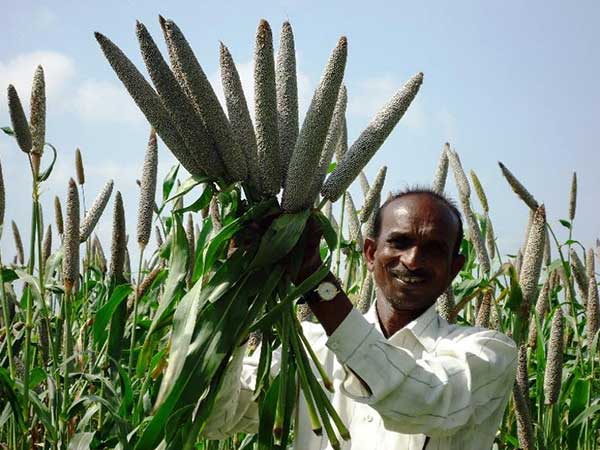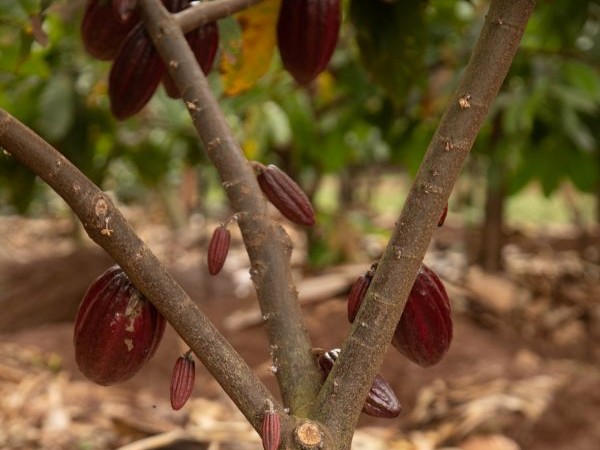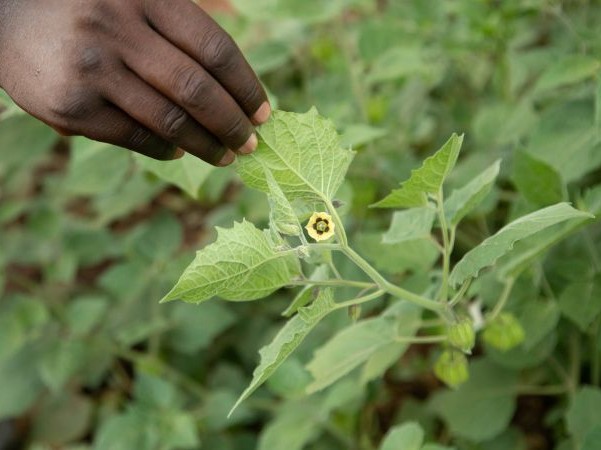Eat regularly and healthy as a valuable basis
In India, millions of children are malnourished. But malnutrition in early childhood and the associated lack of important micronutrients – such as iron, vitamin A and zinc – have a significant impact on health and thus on their entire lifes. Iron deficiency causes anemia and fatigue. Vitamin A deficiency impairs vision, leads to night blindness and a higher risk of infection. Susceptibility to chronic diseases increases.
School meals have been shown to combat hunger and improve educational attainment. They provide essential micronutrients equitably across social classes and between genders. In a large-scale program, HarvestPlus provides healthy meals for school children. In this effort, two million children aged 6-10 receive a free, cooked meal at school every day. This is not only vital to children’s growth and health, but also motivates the children to stay in school longer – regardless of gender or social status. The better the education the better the perspective on the labor market later on.
To increase the nutrient-density of the school meals they ares prepared with fortified staple crops. These crops are grown by local farmers. Therefor, another important component of the project is the establishment of a local value chains for the production and utilization of the fortified staple crops. Approximately 20,000 entrepreneurial farmers who live near schools are trained on how to grow biofortified crops and market biofortified grains to improve their own household nutrition and that of their community. The farmers will be linked to school food procurement systems, guaranteeing them an offtaker market and livelihoods boost.

Particularly deep impact on girls’ life
For girls, the benefits of daily school meals are particularly profound. Because of the school meal they are encouraged to stay in school longer. Thus, they receive a better school education, also marry later and have children later.

Food produced by local farmers
The school meals are prepared from locally produced staple crops such as corn, cassava and potatoes. For this purpose, farmers cultivate varieties that are particularly rich in nutrients – especially in iron, zinc and vitamin A.

Farmers trained in biofortification
The farmers are trained by HarvestPlus in biofortification. The chosen varieties are not only more nutritious, but also higher-yielding and more climate-friendly. The program secures the income of around 20,000 farmers.
HarvestPlus is pioneering biofortification. This technology uses conventional plant breeding techniques to develop high-yielding, climate-tolerant staple crops that are high in iron, zinc and vitamin A – the three micronutrients that are most important for public health worldwide.
Effect of biofortification proven in studies
Researchers have been able to demonstrate in multi-year studies that fortified staple crops measurably improve health. The biofortification process is also cost-efficient
The sustainable integration of biofortified crops into food systems requires a comprehensive approach that extends from crop research and development to consumers of biofortified crops and foods. Farmers need reliable access to affordable, continuously improved biofortified planting material and the know-how to grow it. By involving farmers in the school meals program, they receive a sales guarantee for their products. This secures their income sustainably.
Also in Zimbabwe
HarvestPlus is also active in Zimbabwe. Under the project, farmers are switching to fortified staple crops such as biofortified iron beans, vitamin A corn and vitamin A sweet potatoes. A digital marketplace for biofortified crops is also being established.







